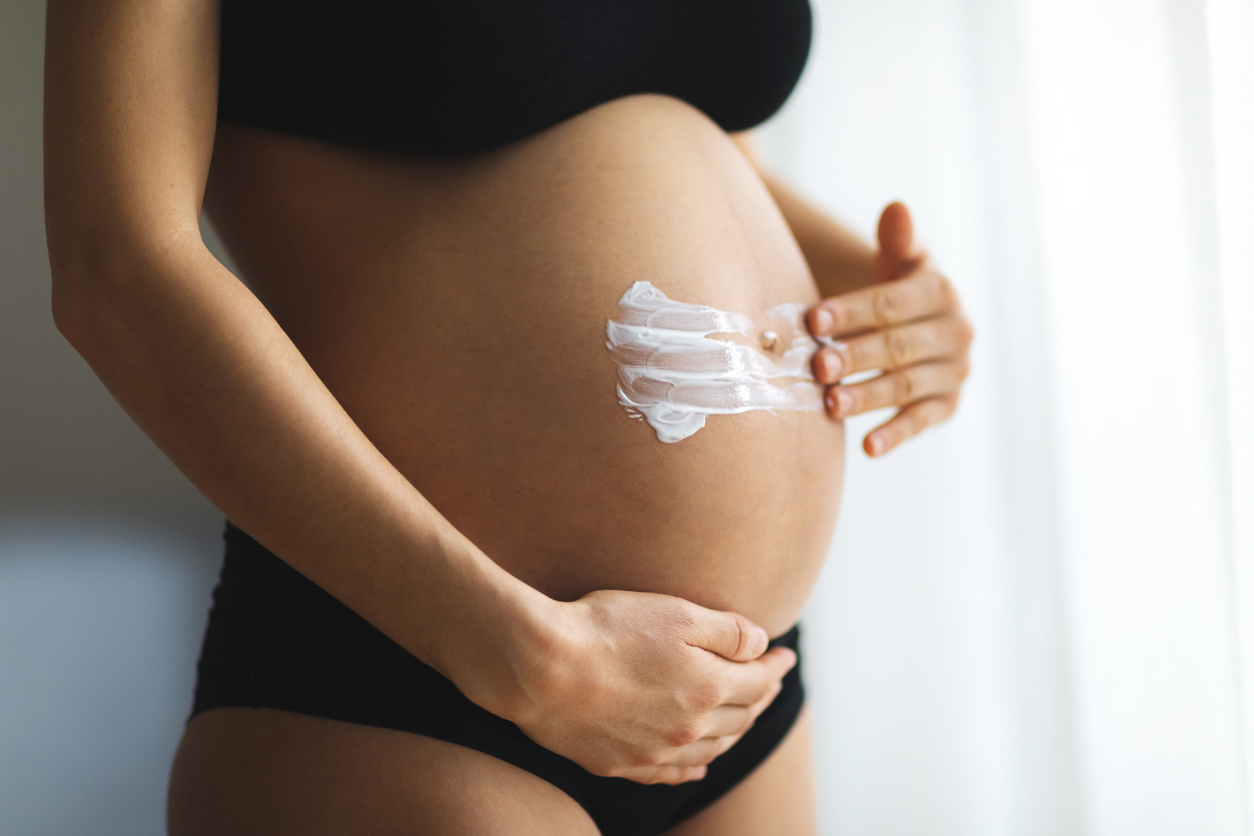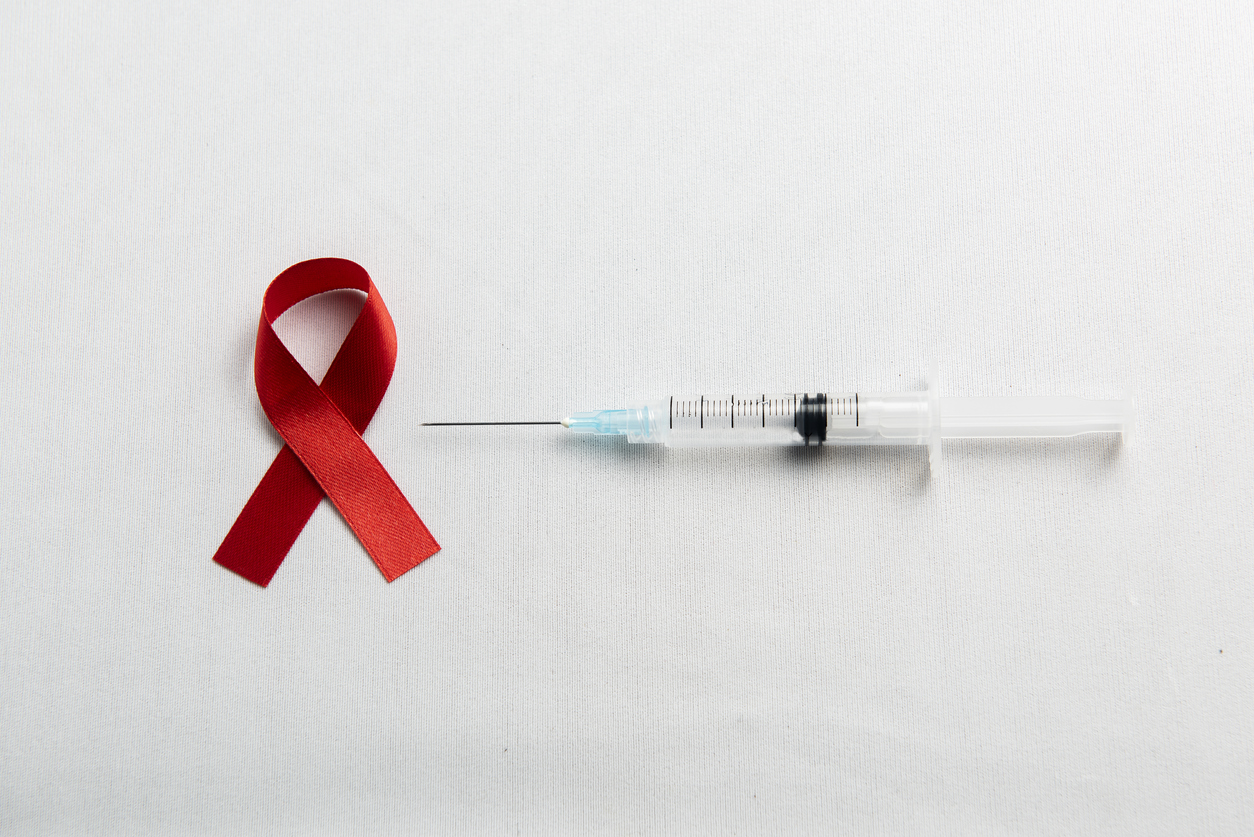2025-08-04
Pregnancy and the skin: hormonal reflection or clinical warning?
Gynecology
#Pregnancy #Hormones #Dermatology #Obstetrics
Pregnancy induces a cascade of profound hormonal, immunological, and mechanical changes, the effects of which are widely reflected in the skin. These physiological modifications, though often anticipated, can present with striking clinical features. The increase in estrogen, progesterone, and melanocyte-stimulating hormone levels significantly affects pigmentation, vascularization, and dermal structure. Additionally, the immune alterations induced by pregnancy modulate the skin’s inflammatory response, sometimes exacerbating pre-existing dermatoses or triggering new ones.
While most cutaneous manifestations are benign, transient, and pose no threat to maternal or fetal health, some may be functionally or aesthetically debilitating. Others, although rarer, may indicate specific pregnancy-related disorders that carry potential risks. Common presentations include hyperpigmentation, stretch marks, spider angiomas, and pruritic eruptions. These conditions can provoke considerable anxiety in patients or mask more serious disorders requiring urgent medical intervention.
The key challenge for clinicians lies in differentiating normal adaptive changes from gestational dermatoses that warrant medical attention. Failure to recognize these conditions may result in delayed diagnosis or inappropriate treatment, with potentially serious consequences. In this context, the purpose of this review is to provide a comprehensive overview of the major skin changes observed during pregnancy, with a clear distinction between normal findings and those requiring clinical management, in order to better guide diagnosis and care.
Itching, spots, plaques: what’s normal?
This review offers a synthesis of recent clinical and dermatological publications on skin changes related to pregnancy. It provides a structured and global overview of the main manifestations observed, grouped into two broad categories:
- Physiological modifications, considered normal and expected
- Pregnancy-specific dermatoses, rarer but potentially serious
The most frequent physiological changes include hyperpigmentation, which affects up to 90% of pregnant women, stretch marks due to mechanical skin distension, and vascular modifications such as spider angiomas and palmar erythema.
Among the specific dermatoses of pregnancy, the review highlights benign pruritic eruptions like PUPPP, which typically appear in the third trimester, as well as more serious conditions such as pemphigoid gestationis—a rare autoimmune disorder associated with fetal risks—intrahepatic cholestasis of pregnancy, which carries a risk of intrauterine fetal death, and impetigo herpetiformis, a pustular dermatosis that requires urgent care.
Decoding the skin to better protect pregnancy
The skin changes observed during pregnancy reflect the profound hormonal, immunological, and mechanical adjustments occurring during this period. Although most of these manifestations are benign, expected, and temporary, some may reveal serious dermatological conditions that require prompt diagnosis and targeted treatment. The clinical challenge lies in early recognition of these conditions, which often present with polymorphic features and blur the line between physiological variation and pathological expression. A thorough understanding of these conditions is essential to avoid delays in diagnosis, limit complications, and reassure patients.
This review provides healthcare professionals with a clear and comprehensive summary of the main cutaneous manifestations of pregnancy, whether physiological or pathological, and emphasizes the importance of careful clinical evaluation. Quality of care relies on close collaboration between dermatologists, obstetricians, and other specialists to ensure appropriate follow-up for each clinical scenario.
In the future, improved healthcare provider training, the establishment of specific guidelines, and expanded epidemiological data will help enhance the detection, understanding, and management of gestational dermatoses, contributing to safer and more reassuring pregnancies.
Read next: Pre-Baby Boost: The Supplements That Make a Difference
About the author – Ana Espino
Source(s) :
Gupta, S. N., et al. (2024). Cutaneous Changes During Pregnancy: A Comprehensive Review. Cureus, 16(9), e69986 ;

Last press reviews
Twice-yearly injections to change the game?

By Ana Espino | Published on December 3rd, 2025 | 3 min read
HIV & young people: what if we changed the rules?

By Ana Espino | Published on December 2nd, 2025 | 2 min read
